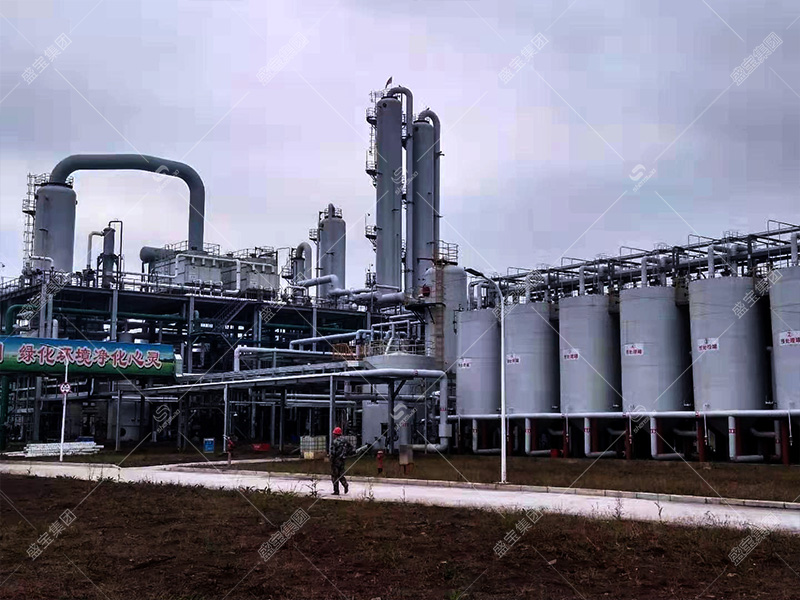FRP Blog
News
- The Essential Role and Advantages of Industrial Cooling Towers: Spotlight on Shengbao Cooling Tower
- What is the difference between an air cooler and a water cooler
- What are the factors affecting condensation heat transfer
- What are the advantages of evaporative air coolers?
- Closed cooling tower winter operation need to pay attention to what?
Contact Us
E-mail:shengbaoinfo@gmail.com
Mobile:+86 18054455947
Tel:+86 15253666158
Address:West of Jinshan Street, Xin'an Street, Anqiu City, Weifang City, Shandong Province
FRP Blog
Three main characteristics of the refrigeration operation of evaporative condensers
- Time:2023-12-02
- Visits:236
The main characteristics of the refrigeration operation of an evaporative condenser are concentrated in three aspects:
Space section;
When designing and manufacturing an evaporative condenser, the cooling tower, condenser, circulating water storage pool, water pump, and water pipe are integrated and effectively combined.Reduced the separate design and installation space for cooling towers, water pumps, and water pipes, as well as lowered installation costs.
Low energy consumption;
Compared with traditional air-cooled condensers, when the condensing temperature is within the wet bulb design temperature of 8.3 ℃, the compressor power can be saved by at least 10% of power consumption. The fan power is one-third of the air-cooled fan power, and the water pump power is about a quarter of the cooling tower water pump power.
Low operating costs;
Effectively combining the cooling tower and water pump into one, reducing the installation cost of individual components.The power consumption of the entire equipment is reduced, and the maintenance and equipment consumption costs are reduced.

What are the characteristics of evaporative condensers as commonly used heat transfer equipment?
The cooling principle of an evaporative condenser is to use spray water to evaporate and absorb heat, cooling the refrigerant in the tube from a gaseous state to a liquid state.Compared with traditional air cooling, there has been a significant improvement in noise control, water conservation control, and heat exchange efficiency.
The gaseous refrigerant enters the interior of the condenser coil through the compressor, and the external cooling water is transported by a water pump to the spray device above the condenser. The spray device evenly sprays water onto the outer layer of the condenser coil, forming a water film and uniform water mist covering the outer layer of the condenser coil.The fan drives the air flow, and the water spray outside the pipe is heated and evaporated, becoming gaseous. The fan drives the water vapor to flow through the water collector, and the water is collected. The humid air is discharged to the outside of the equipment.
- Pre:No More
- Next:ppH mixing tank three core processing links














